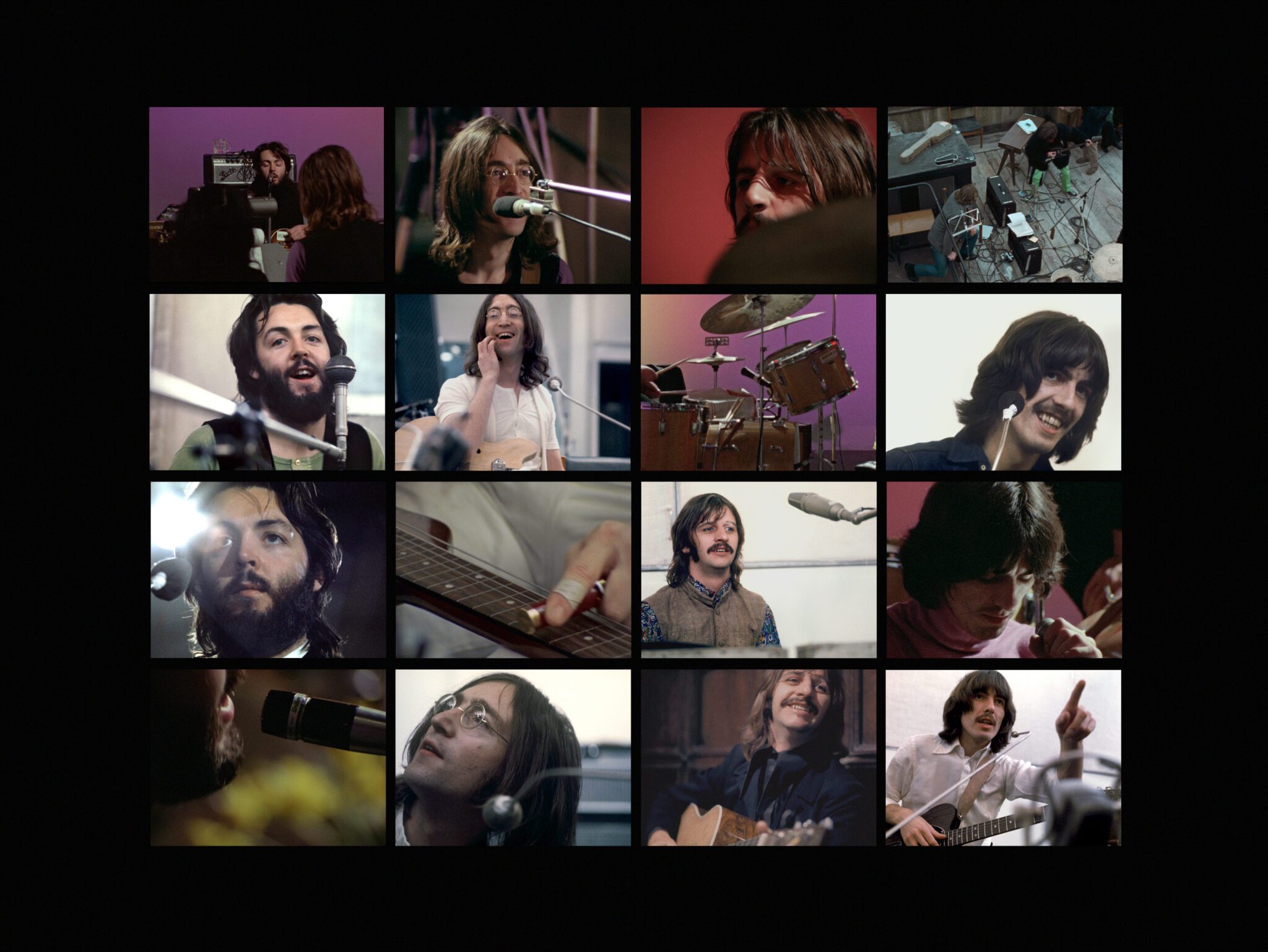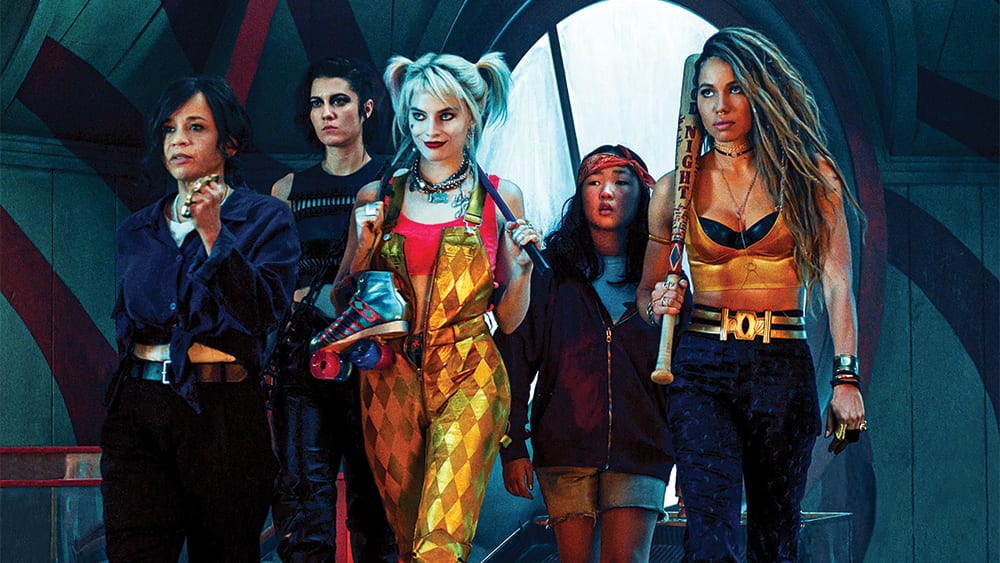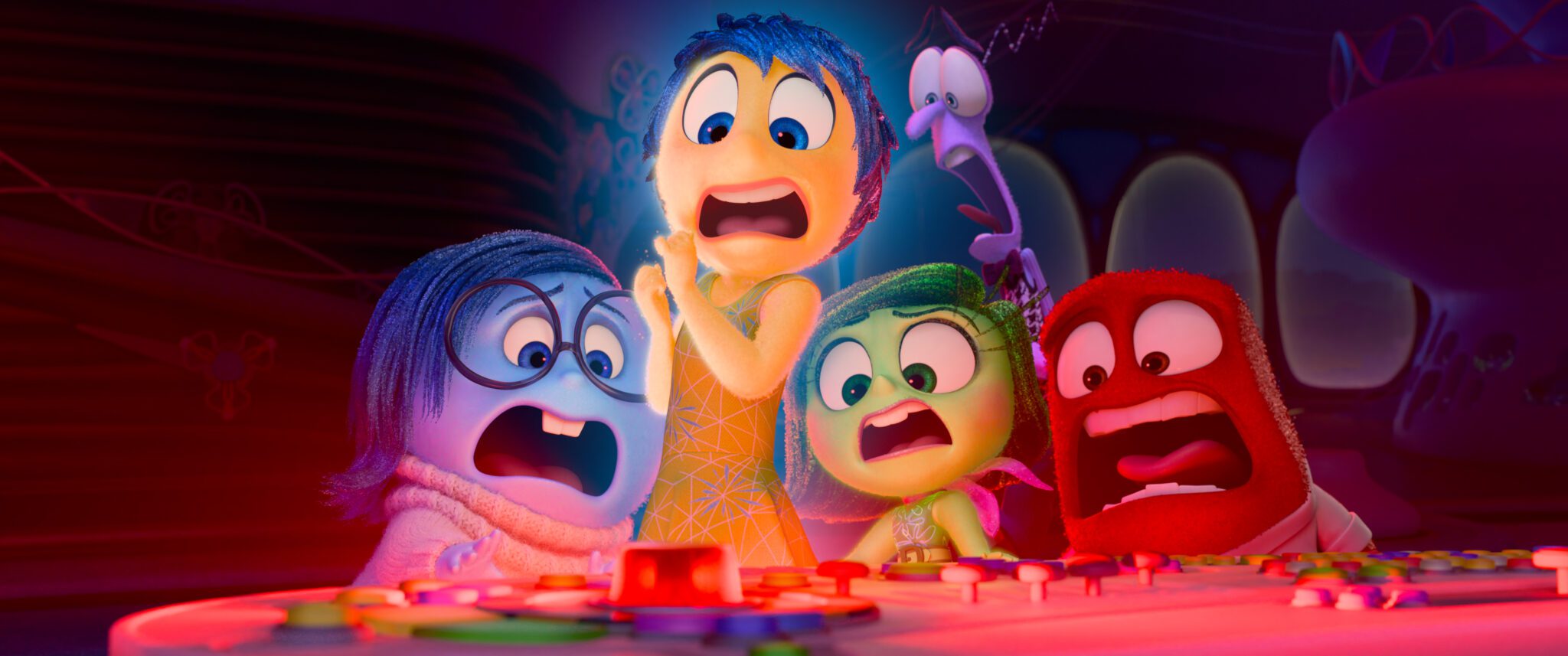After over fifty years, Let It Be is back.
Produced by Peter Jackson and directed by Michael Lindsay-Hogg, the restoration of Let It Be was first released in May 1970 and sits with the Beatles as they rehearse and write their final album together. Culminating with their iconic performance upon the rooftop of Apple Corps in London, the film is a window into the legend of the Beatles, revealing their warmth and friendship as they prepare to change the world of pop culture forever.

In many ways, Let It Be feels like a sequel to 2021’s highly celebrated doc, Get Back. Produced by Peter Jackson, Get Back was beloved for its honest portrayal of the Beatles and their creative process. Built on unused footage from Let It Be, Jackson’s doc was an expansive endeavour that felt entirely fresh.
Now, with the re-release of Let It Be, one can’t help but welcome the opportunity to revisit that moment in history. Once again, Jackson’s Park Road Post Production did extensive work to restore the original footage to stunning effect. The transfer is gorgeous and the sound mixing impeccable. (The film’s final concert on the rooftop of Apple Corps is particularly crisp.) Through their incredible work, Jackson and his team have managed to breathe new life into a film that has been unavailable for decades. And it has been missed.
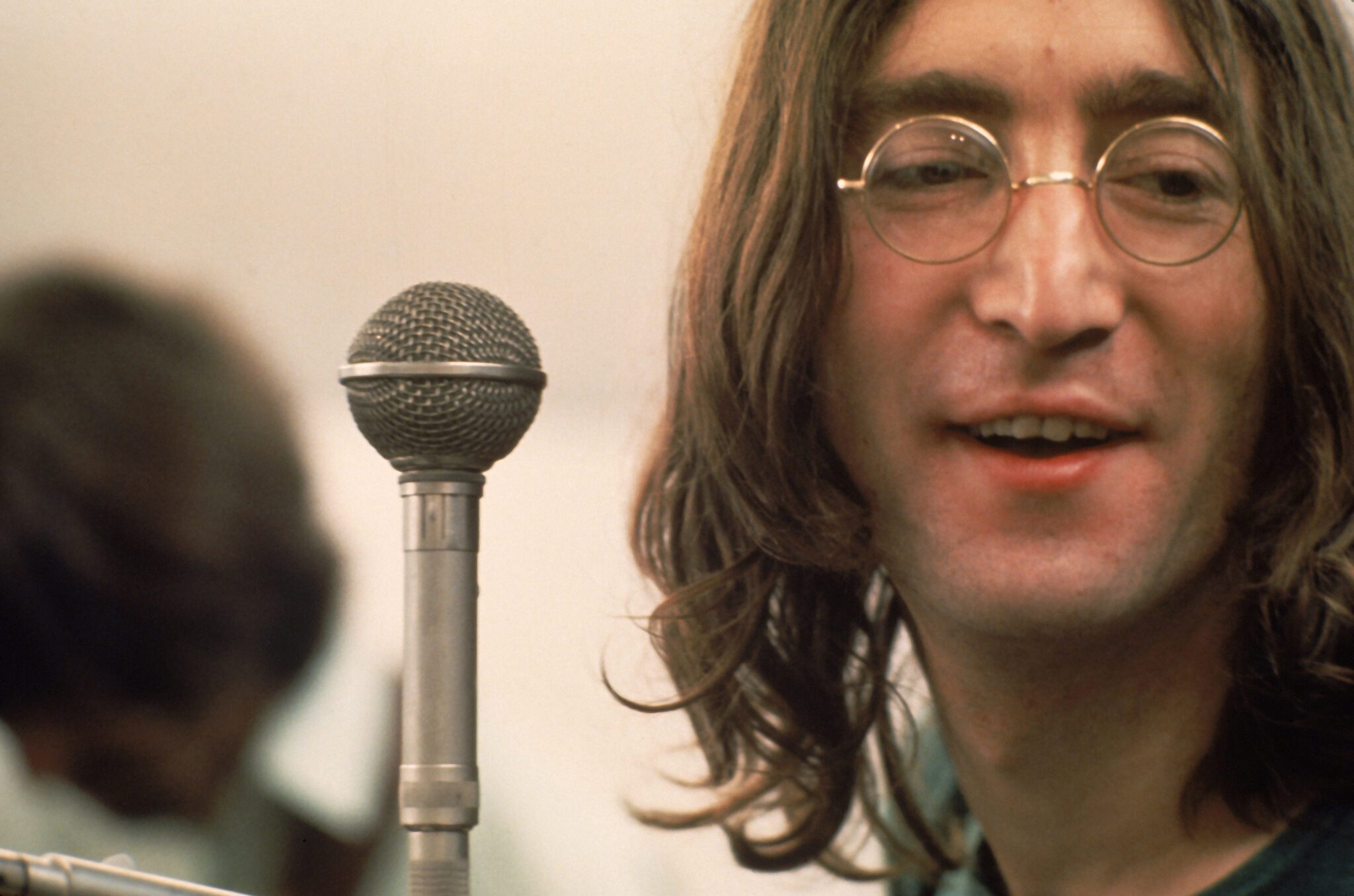
Although it was originally meant to be a concert film, circumstances forced Let It Be to change creative direction. While it was less than adored at the time of its release, we now have a different perspective and we understand what makes it special. The restored Let It Be is a historical document, preserving a moment in the pop culture zeitgeist that still resonates.
Like Get Back, Let It Be gives a window into the world of the Beatles that other documentaries do not. In both films, we bear witness to the genius and flaws of rock’s (arguably) greatest musicians. Without interviews, we again take the position of ‘fly on the wall’, immersed in the band’s ability to create magic together.
And, once again, it’s that authenticity what makes Let It Be work.
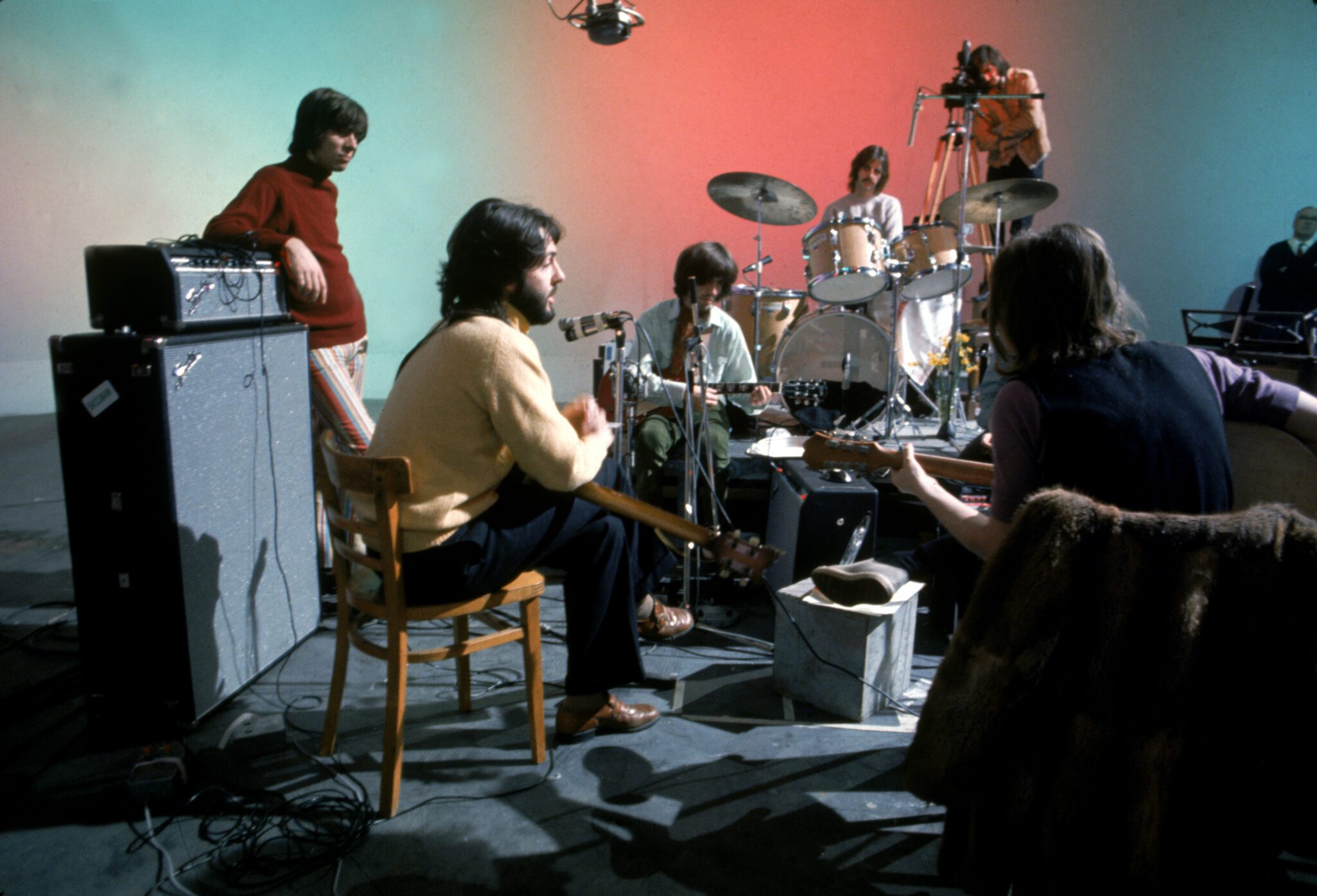
Despite being on camera, these men are not ‘performing’. We watch them reveal their playful sides together as they jam. We watch them struggle to put the pieces of their iconic tunes together. We bear witness to the tensions bubbling under the surface between Paul and George. (“I always hear myself annoying you,” Paul mutters.) Yoko hovers almost ominously in the background. All of these moments help bring that moment in history to life in a more complete way than any doc based on ‘information’. We’ve heard the stories from them about what happened. But, knowing that this was one of their final farewells collectively, we can see for ourselves as the cracks begin to appear between them.
These are the real men behind the legends. And it’s still compelling to watch.
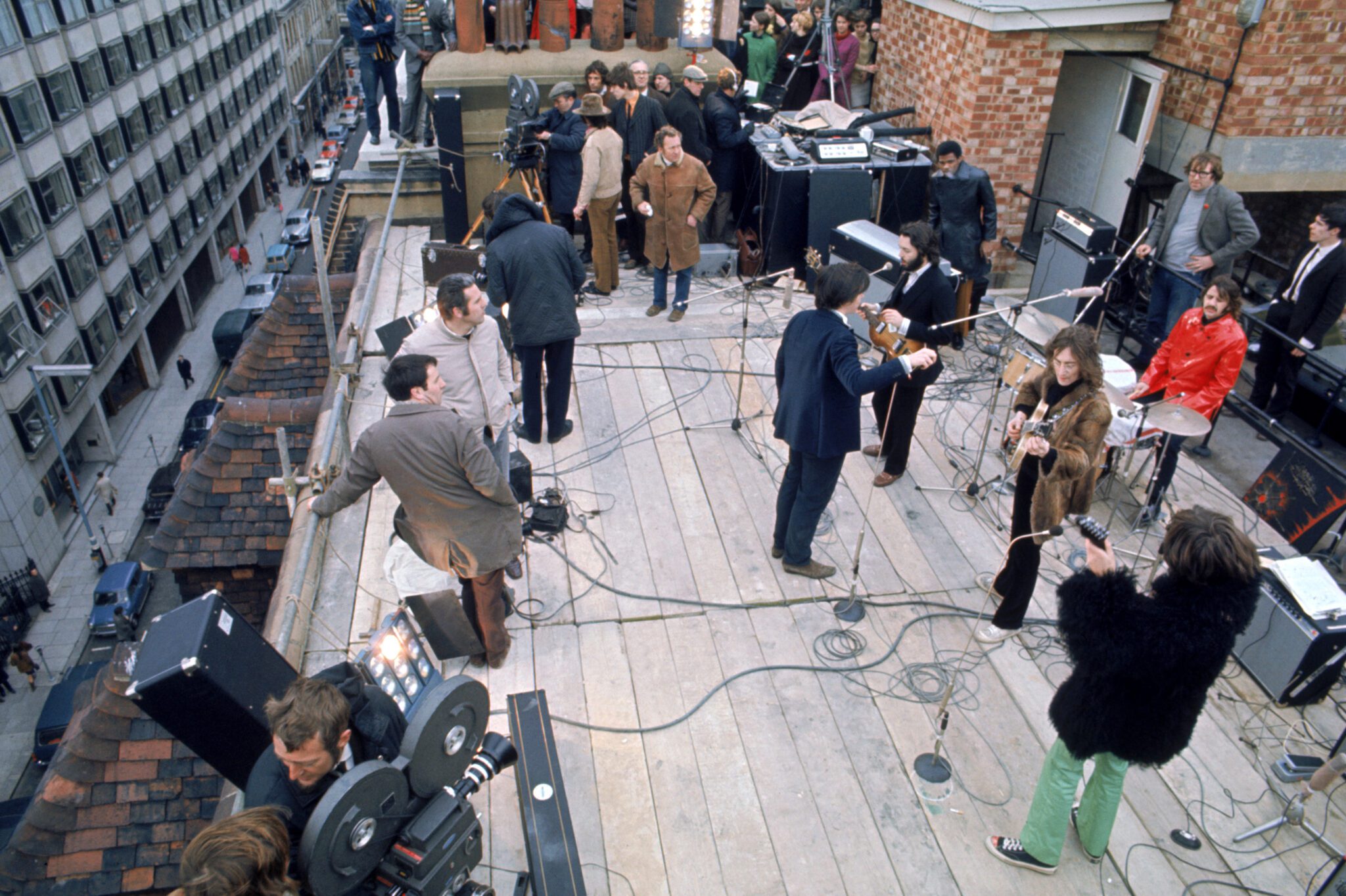
While Get Back may feel more extensive in its coverage, Let It Be remains a well-earned follow-up. (And yes, I realize the irony of referring to Let It Be as a ‘follow-up’, considering it was released 50 years before Jackson’s series.) Jackson’s restoration of Let It Be immerses the viewer in music history, allowing us the briefest of glances into a world that helped define music history. As a result, to paraphrase Lennon, Let It Be definitely ‘passes the audition’.
Let It Be is available on Disney+ on Wednesday, May 8th, 2024.

